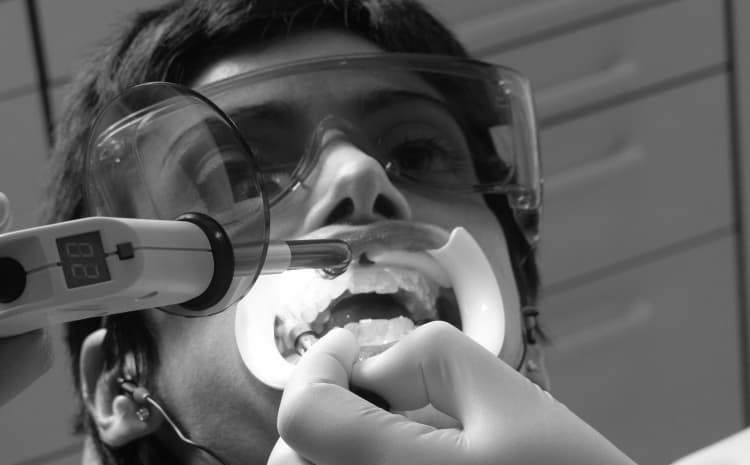There are several stages to a filling procedure:
**Local anaesthesia
**
Profound local anaesthesia is the key to painless treatment. If you are not fully numb, it limits your dentist's ability to properly carry out the treatment.If you are nervous or anxious about dental treatment, sedation can help by raising your pain threshold. This makes any local anaesthesia more likely to be effective.
Lower back teeth (molars) can be especially difficult to numb because of the dense jawbone surrounding these teeth. Your dentist may choose to pre-medicate you and book extra time for local anaesthesia if this is the case. Always inform your dentist ahead of time if you have had difficulties with local anaesthesia or a history of painful dentistry, so that these preparations can be made.
Decay removal and cavity preparation
Once the teeth and surrounding tissues are numb, your dentist will clear the decayed parts of the tooth away usually with a high-speed drill. A water spray flushes away the debris from cutting and cools the tooth.
Isolation
Once the cavity has been cleaned, the tooth must be isolated from fluids (saliva and blood). This may be achieved by cotton rolls and suction or placement of a rubber dam (a perforated rubber sheet stretched over the teeth and held in place by clamping a tooth).
This prevents contamination of the cavity during the placement of the filling. If you have chosen to have a white/tooth-coloured filling placed, this is very often made of composite. Composite is a type of light-polymerized plastic that is glued to the tooth. The process of gluing the filling material to the cavity must occur in perfectly dry conditions.
If the decay extends very deep into the tooth and has involved the pulp (nerve of the tooth), your dentist may choose to remove part of the superficial pulp (in a procedure known as a pulpotomy) and dress it. This removes the part of the pulp infected with bacteria and creates an environment conducive to healing. This stage is usually carried out once isolation is complete so that no bacterial contamination occurs. The filling is placed on top of the pulpotomy dressing.
Filling of the cavity
If you are receiving a composite filling, your dentist will fill in the tooth in stages. This is to ensure that the filling material completely hardens as it is light-cured.
Bite check and adjustment
Once the filling has been completed, your dentist will check that the rest of your teeth bite together properly and adjust the filling if necessary. The filling will then be polished. Sometimes, your dentist will take a post-operative xray to check on other aspects of the filling such as proximal contour and to make sure there are no voids inside the filling.
For more, here's our guide on Types and Costs of Tooth Fillings in Singapore (2020).




